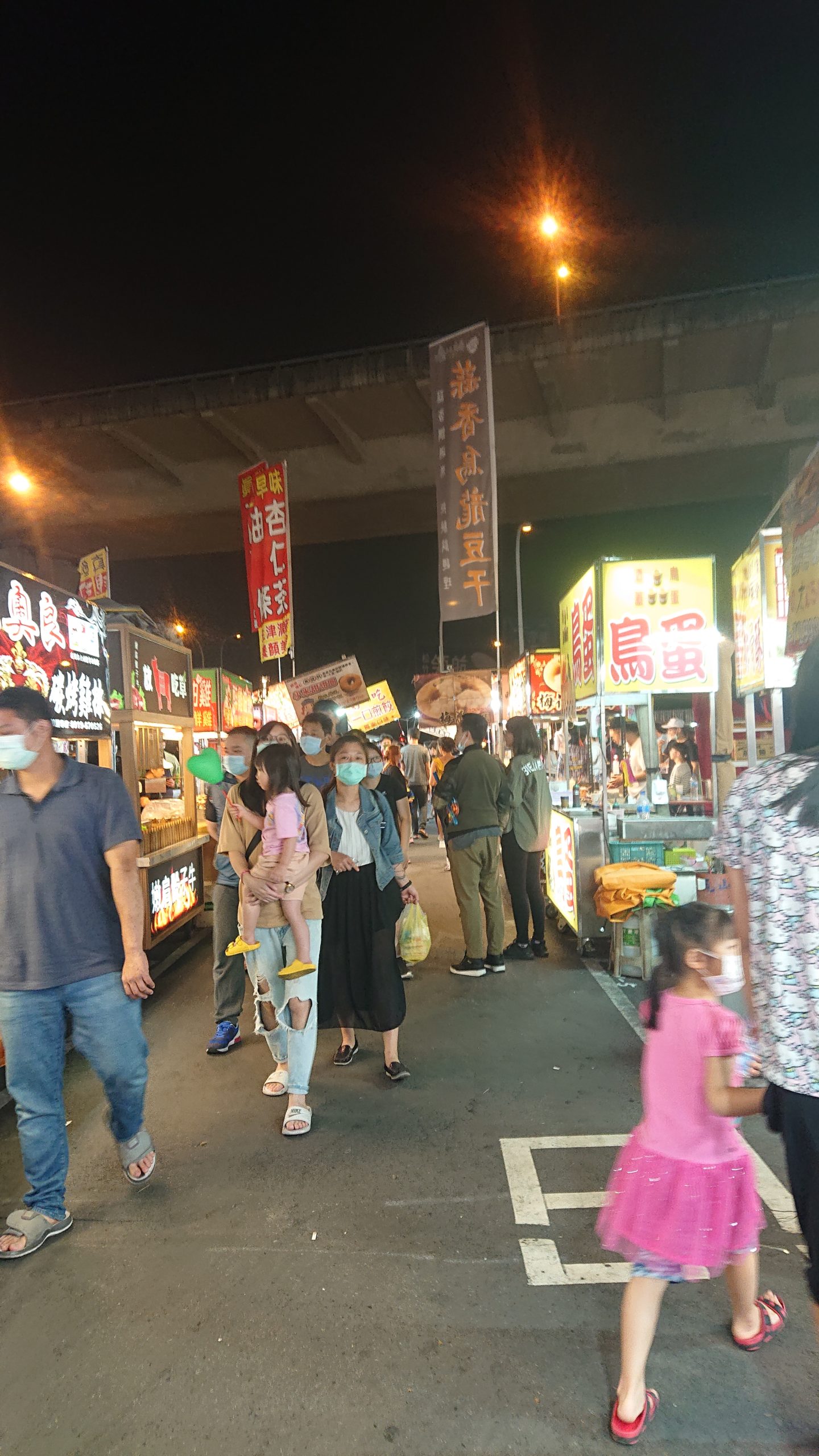Cyber, Cities and COVID-19- why urban leaders need a digital strategy

The 1918 Influenza pandemic likely killed between fifty and one hundred million people globally. While the case fatality rate varies with circumstances, the current outbreak of COVID-19 may be as deadly unless vaccines are developed in time. Since the start of this year global cities like New York have faced immense strains. As always during a pandemic, one of the concerns that leaders face is how to prevent panic and discrimination, which can be spread by social media and other digital platforms. At the same time, the internet provides a host of tools that can help during a pandemic, with everything from telemedicine to mass collaboration. While cyber tools -such as digital tracking apps for individuals under quarantine- are powerful, they also come with human rights questions. In adapting these cyber tools for telemedicine, digital health communication, outbreak modeling and other uses (Liu and the HIMSS Greater China Health Team, 2020), city leaders and health authorities must address issues of transparency, privacy and public trust, which will require them to have a strategy for digital issues. …
Cyber, Cities and COVID-19- why urban leaders need a digital strategyRead More »
